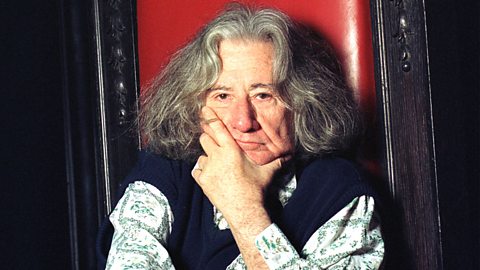Marking the moment
This is a way of highlighting the most important moment in a scene in order to draw the audienceÔÇÖs attention to its significance. There are various ways of marking the moment:
- A still image might be used. Freezing the action at a particular moment fixes it in the minds of the audience and ensures its significance is not lost.
- The key moment may be repeated or played ÔÇÿon a loopÔÇÖ.
- Slow motion could be used to highlight a key moment, so that it is not lost on an audience.
- Narration or a thought-track could be added as a commentary on what has just occurred.
- Lighting and sound. A spotlight can be used to direct the audienceÔÇÖs focus towards the key moment and a sound effect can also draw attention to it.
Marking the moment is useful in rehearsal as it helps actors consider the most important moments communicated within a scene and ensures their impact is not lost upon the audience.

Forum theatre
Forum theatre was developed by a Brazilian theatre maker called Augusto Boal. ItÔÇÖs a very useful tool for exploring drama during the rehearsal process. Company members become ÔÇÿspect-actorsÔÇÖ rather than spectators. This means that while watching work they can stop it and take the place of an existing performer to try out a new idea. Sharing ideas in this improvised practical way can provide fresh insight into a role and stop the drama from becoming stale.
A facilitator (usually known as the Joker) is needed to manage communication between the players and the audience. This strategy breaks through the barrier between performers and audience, making them equal. It also enables participants to try out courses of action which could be applicable to their everyday lives. Originally the technique was developed by Boal as a political tool for change (part of the Theatre of the Oppressed), but itÔÇÖs often used in drama work.
You could use Forum theatre as an explorative technique while acting out a scene in rehearsal. ItÔÇÖs particularly useful when youÔÇÖre working without a director to guide you. Sometimes itÔÇÖs hard, when devising drama, to imagine what a character might do or say at a particular moment. If you stop the drama when in role, and ask for help from your group, someone will probably give you a good idea of what to do or say next. They might also offer to take over the role to try out their idea or even join the scene as another character altogether, to take things in a new direction.
Forum theatre in action
This clip shows how Forum theatre techniques can be used in rehearsal. Cardboard Citizens, a company that works with homeless performers, rehearse a scene in various ways trying out a range of extreme emotions. This is based on an Augusto Boal technique. Note how the actorsÔÇÖ physicality changes depending on their different emotions.
Improve your understanding of explorative strategies
Answer the question then check your response against the sample answer.
Question
How would you use cross-cutting and still image to create an effective sequence of scenes about a teenager whoÔÇÖs hiding the fact that sheÔÇÖs playing truant from school from her mother?
- Scene 1: A scene at home. The teenager returns from school. Her mother asks about her day. The teenager talks happily about the lessons they have done and says she worked hard. FREEZE
- Scene 2: Teenager steps into new scene. SheÔÇÖs with her boyfriend at the gates of the school. They decide they wonÔÇÖt go in but will play truant that day. FREEZE
- Scene 3: Cross-cut back to scene at home. The girlÔÇÖs mother is talking with a friend about how well she expects her daughter to do in her exams and how proud she is of her. FREEZE
- Scene 4: The girl and her boyfriend step into a scene with a teacher who tells them that if their attendance doesnÔÇÖt improve they will fail their exams and their parents will have to get involved.